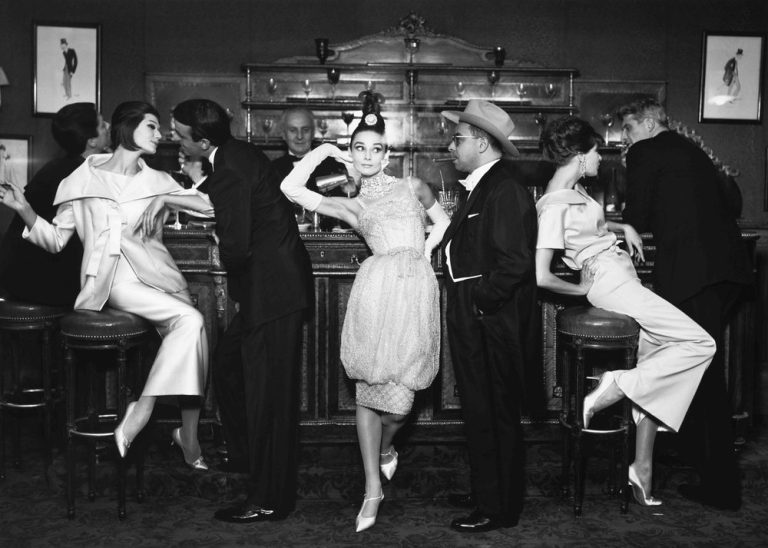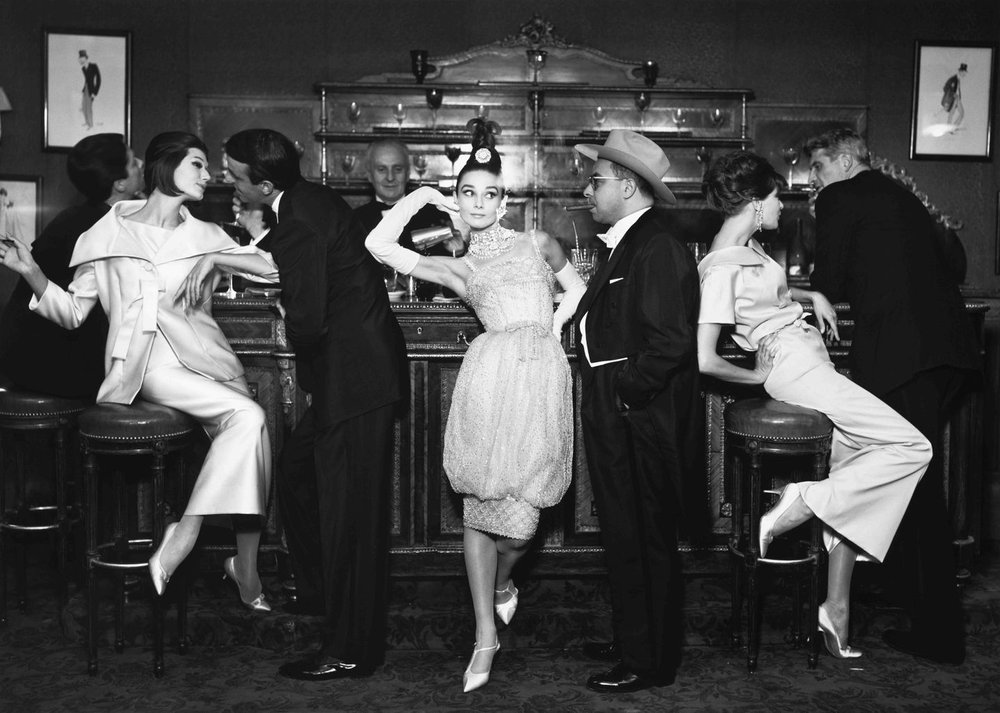Small but Mighty: Nano-Cellulose Applications in Photograph Conservation | by Cleveland Museum of Art | CMA Thinker
By Marissa Maynard
The Cleveland Museum of Art’s (CMA) superb photography collection encompasses the history of the medium and offers a tremendous range, from cased photographs to salted paper prints to colored digital prints. For most photographic processes, the image layer is composed of silver particles in an emulsion. Some of the trickiest conservation treatments for photographs are in-painting and creating fills for missing emulsion. It is difficult to match the color and gloss that vary from photo to photo, and even when highly nuanced, these variations are perceptible to the human eye. As part of my Andrew W. Mellon Fellowship in the CMA’s conservation department, I am conducting research on the application of cast nanocellulose films in photograph conservation (fig. 1), which has the potential to expand treatment options for a wide variety of photographic materials in the CMA’s collection.






